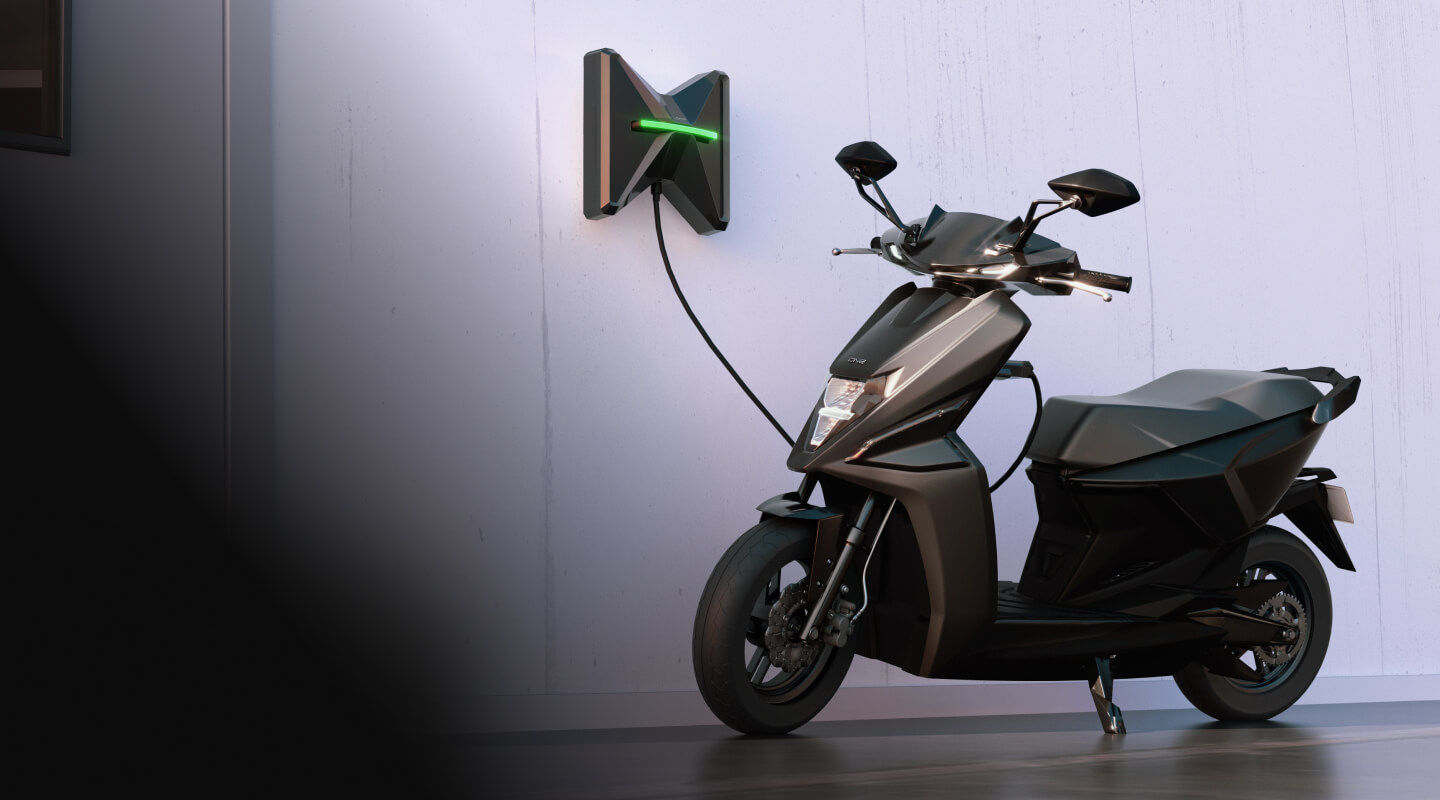Ola Electric Outperforms Competitors: Is This The Beginning Of A Transformation For India’s Two-Wheeler Industry?
Despite the fact that the country's electric two-wheeler sector is struggling due to a significant fall in government subsidies, Ola's market share increased to 40% in June, expanding its lead over nearest rivals TVS Motor and Ather Energy.

There are numerous recent videos of its electric scooters catching fire, outraged customers splashing insults online, and social-media trolls tearing its items apart. Although Ola Electric and its founder, Bhavish Aggarwal, had a rocky start; however, it appears that the corporation has managed to withstand all knives thrown nearly soon after the debut of the Ola S1 and Ola S1 Pro on Independence Day 2021.
Despite the fact that the country’s electric two-wheeler sector is struggling due to a significant fall in government subsidies, Ola’s market share increased to 40% in June, expanding its lead over nearest rivals TVS Motor and Ather Energy. The corporation has absorbed the majority of the subsidy cutbacks, and the aggressive price is enticing customers back.

Wait, Ola Electric has another surprise for their customers.
S1 Air is up next.
Subsidy reductions have made it critical for firms to develop more economical electric scooter models and keep them affordable while maintaining profits. Ola has been developing such a device, the S1 Air. The concept arose just a year ago when the firm discovered that the S1 Pro’s expenses were too expensive and needed to redesign and create a mass-market product. This new product should result in improved unit economics and lower cash burn.
S1 Air is designed to save money. It employs a hub motor, which is located inside the back wheel and is smaller and less expensive. It is capable of 1,000-2,000 RPM, which equates to outstanding efficiency and ride comfort in city situations at speeds ranging from 20kmph to 40kmph and maybe up to 50kmph.
The disadvantage of this motor is its inefficiency at higher speeds, and despite dampers, the scooter can be noisy and vibrate more when ridden at higher speeds, such as 70kmph. In other words, the S1 Air is aimed at a different demographic: consumers that operate in urban environments and aren’t searching for fast speeds. Another significant modification is the flat footboard, implying the battery pack has been rebuilt.

A mid-drive solid motor with a permanent magnet, on the other hand, is efficient at 8,000 RPM and contributes to a smooth ride at 80kmph or higher. This contributes to the speed and agility of the Ola S1 Pro and Ather 450X.
According to the company’s user data, most clients ride the Ola scooters for up to 20km daily, and many do not go at high speeds. With subsidies reduced and a broader market made up of people whose daily commute is less than 20 km, the business plans to sell scooters with 2 kWh batteries. The S1 Air will most likely include battery capacities of 2 kWh, 3 kWh, and 4 kWh. The 4 kWh option may be significant solely for the commercial segment, and Ola may lower the alternatives according to market need. The S1 Air will include more typical suspension and brakes seen on most regular petrol scooters.
A larger disruptor is on its way.
As subsidies are reduced, the price of the S1 Air has risen from INR85,000 to INR1.1 lakh. This means that Ola will need to make further engineering adjustments to match the petrol scooters. To cut costs, the business is developing a variation of the S1 Air with fewer electrical components. Aside from relying on a lower 2 kWh battery, that variant will lack the vibrant 7-inch touchscreen. It might feature a black-and-white screen without much of the software, such as navigation, and a pared-down version of the Mood OS.
Ola, like Tesla, believes that over-the-air updates and telemetry systems are critical to its ability to address faults and enhance the product while gaining important user information. This product will be revealed in a few days and will be available for purchase during the holiday season this year. An electric scooter that meets or beats the on-road pricing of its ICE (internal combustion engine) counterpart and sells well would be a significant game changer.
Restoring faith.
Ola has come a long way from the continual firefighting it had to perform to cope with consumers’ never-ending concerns. According to sources, while consumer complaints on social media continue, the percentage of vehicles reporting problems or visiting the repair centre has dropped dramatically. While it is unclear how these complaints compare to others in the lack of accurate statistics, Ola Electric‘s market leadership suggests that enough consumers now have enough trust to spend their money on its products.
If Ola’s new product meets the needs of the mass-market customer while also being reliable, it will indicate that the company has not only evolved in terms of not only setting a benchmark for launching products in record time (12 months in the case of S1 Air) but also sharpening its engineering and product-development chops. This will confirm Ola’s credentials as a severe disruptor at a critical moment before its IPO effort and position it better for potential motorbike launches.

Conclusion.
A month after the government eliminated electric scooter subsidies, Ola is ready with its low-cost e-scooter, the S1 Air, which took only 12 months to develop. Another variation planned for this holiday season will attempt to equal or surpass the costs of the 110cc Honda Activa. If these two models are successful, they might forever alter India’s two-wheeler sector.




